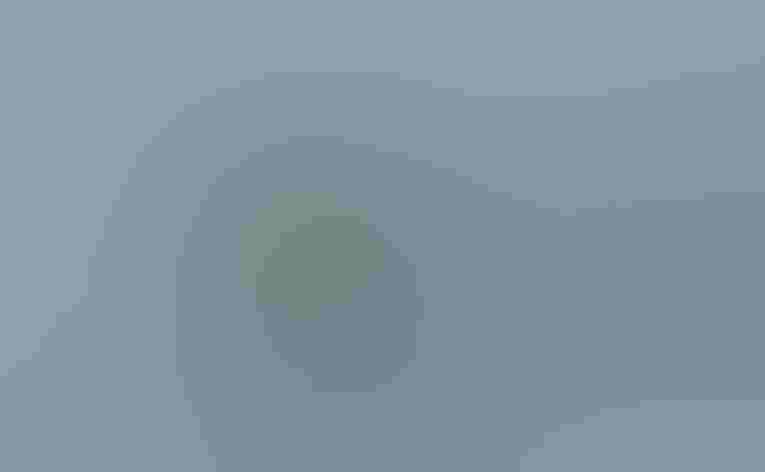Red-breasted Merganser
At a Glance
A slim, crested, fish-eating duck, commonly seen around jetties and piers along the coast. Superficially this species is quite similar to the Common Merganser. However, the Red-breasted Merganser nests farther north, winters mostly on salt water, and nests mainly on the ground, while the Common winters mostly on fresh water and nests in cavities.
All bird guide text and rangemaps adapted from by Kenn Kaufman© 1996, used by permission of Houghton Mifflin Harcourt Publishing Company. All rights reserved.
Category
Duck-like Birds, Mergansers
IUCN Status
Least Concern
Habitat
Coasts and Shorelines, Forests and Woodlands, Lakes, Ponds, and Rivers, Saltwater Wetlands, Tundra and Boreal Habitats
Region
Alaska and The North, California, Eastern Canada, Florida, Great Lakes, Mid Atlantic, New England, Northwest, Plains, Rocky Mountains, Southeast, Southwest, Texas, Western Canada
Behavior
Direct Flight, Rapid Wingbeats, Swimming
Population
600.000
Range & Identification
Migration & Range Maps
May migrate later in spring and earlier in fall than the Common Merganser. Migrating flocks fly in V-formation or lines.
Description
19-26" (48-66 cm). Male not as white as Common Merganser, with gray sides, dark red breast. Shaggy crest not obvious at distance, but white collar is conspicuous. Female is much like female Common Merganser, but shows less contrast between whitish throat and duller brown head; also lacks Common's contrast between brown neck and white chest. (Note: young Common Mergansers in summer can look very similar.) Thinner bill of Red-breasted Merganser, with different feathering at base, may be noticeable at close range.
Size
About the size of a Crow, About the size of a Mallard or Herring Gull
Color
Black, Gray, Green, Orange, Red, White
Wing Shape
Pointed
Tail Shape
Pointed, Short, Wedge-shaped
Songs and Calls
Usually silent; various croaking and grunting notes during courtship.
Call Pattern
Flat, Simple
Call Type
Croak/Quack, Odd, Rattle
Habitat
Lakes, open water; in winter, coastal bays. During nesting season around lakes and rivers, within the northern forest and northward into tundra regions. In winter mostly on coastal waters, including bays, estuaries, and open ocean; a few winter on ice-free reservoirs and large rivers.
Sign up for ÃÛèÖAPP's newsletter to learn more about birds like the Red-breasted Merganser
Behavior
Eggs
usually 7-10, sometimes 5-13. Olive-buff. Females sometimes lay eggs in each others' nests, occasionally in nests of other ducks. Incubation is by female only, 29-35 days.
Young
Within a day after eggs hatch, female leads young to water, where they feed themselves. 2 or more broods may join, tended by 1 or more adult females, but young are left on their own within a few weeks. Young are capable of flight about 2 months after hatching.
Feeding Behavior
Forages by diving and swimming underwater. Sometimes a group appears to hunt cooperatively, several birds lining up and driving schools of small fish into very shallow water, where the mergansers scoop them up without diving.
Diet
Mostly fish. Feeds mainly on small fish, also crustaceans, aquatic insects, and sometimes frogs, tadpoles, or worms. Young ducklings eat mostly insects.
Nesting
In courtship display, male stretches neck forward and upward, then suddenly dips neck and forepart of body underwater, with head angled up out of water and bill open wide. Nest: female selects site on ground, usually near water, in a spot sheltered by dense plant growth or debris. Sometimes nests inside hollow stump, under rock, or in shallow burrow. Nest is a simple depression, lined with down.
Conservation
Conservation Status
Numbers are thought to be stable, but the species could be vulnerable because it forms such dense concentrations at certain times and places during migration, such as late fall on Lake Erie.
Climate Threats Facing the Red-breasted Merganser
Choose a temperature scenario below to see which threats will affect this species as warming increases. The same ÃÛèÖAPP change-driven threats that put birds at risk will affect other wildlife and people, too.












